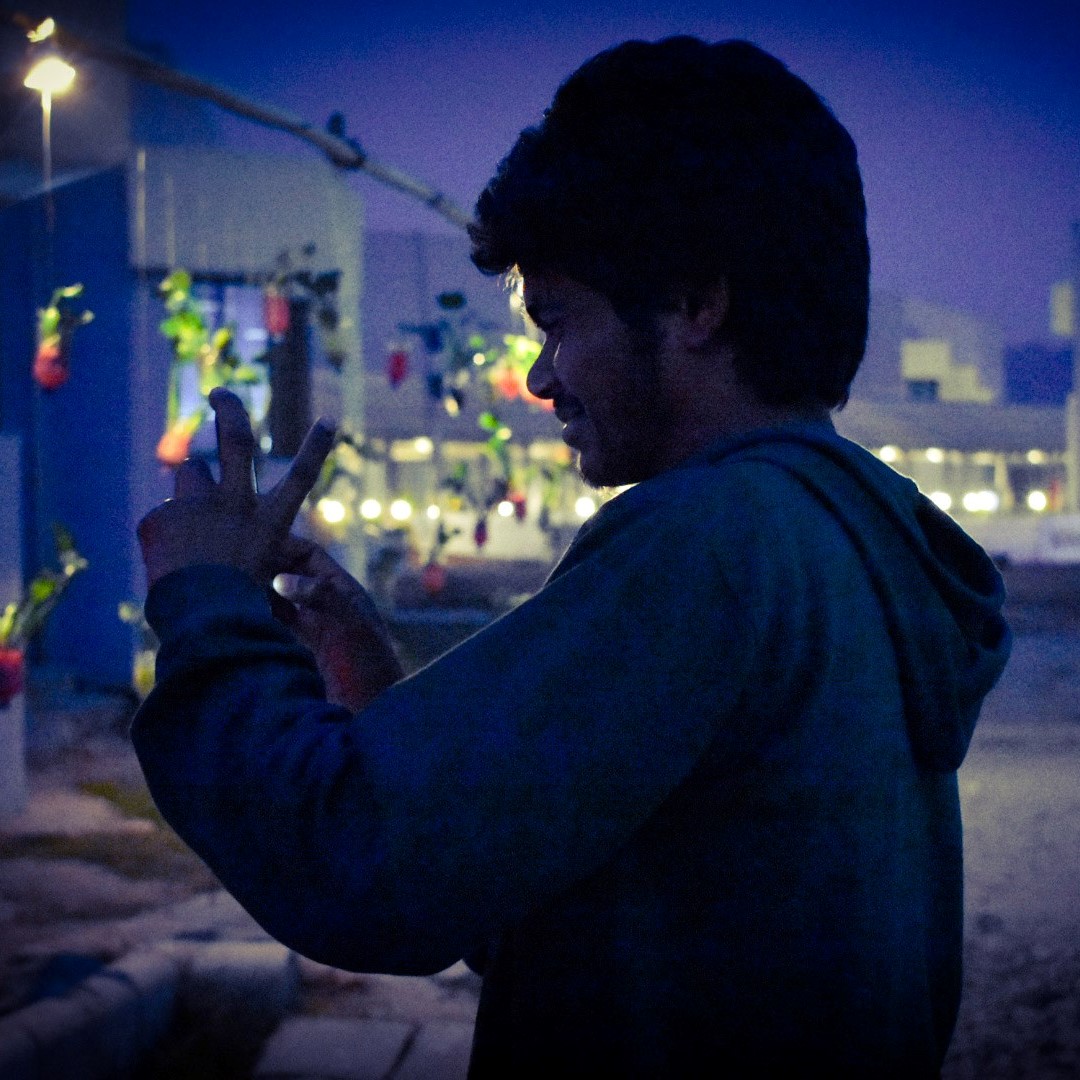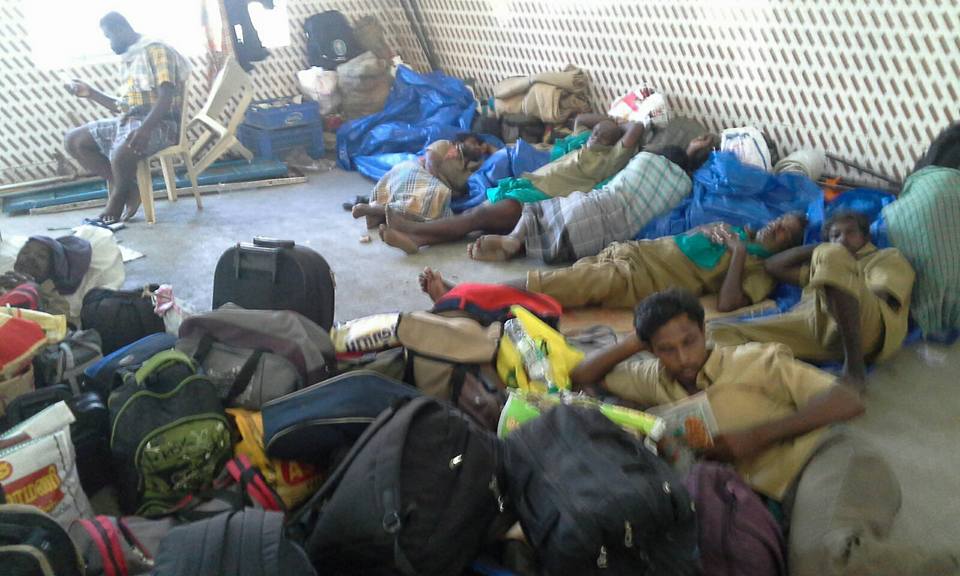Kartik Boudh
 Ideas of great personalities have influenced the masses and have dealt with great injustices and inequalities in the world. Progressive thoughts shaped and nurtured by great minds of the world are still alive. Ideas have become such powerful tools to overcome the oprressive structures. They have turned into mass revolutions for the greater cause to humanity. When it comes to India, without pausing people talk about how M K Gandhi’s thoughts and actions have nurtured Indians and shaped their lifestyle. Ambedkarism, as a school of thought is a counter to Gandhism and Brahminical hegemony. It is the voice of the silenced and oppressed masses which offers resitance against the dominant forces in India. Lot of Indians are quite fascinated by Mr. Gandhi, while not bothering about Babasaheb. But, how much has Gandhism as a school of thought contributed to India?
Ideas of great personalities have influenced the masses and have dealt with great injustices and inequalities in the world. Progressive thoughts shaped and nurtured by great minds of the world are still alive. Ideas have become such powerful tools to overcome the oprressive structures. They have turned into mass revolutions for the greater cause to humanity. When it comes to India, without pausing people talk about how M K Gandhi’s thoughts and actions have nurtured Indians and shaped their lifestyle. Ambedkarism, as a school of thought is a counter to Gandhism and Brahminical hegemony. It is the voice of the silenced and oppressed masses which offers resitance against the dominant forces in India. Lot of Indians are quite fascinated by Mr. Gandhi, while not bothering about Babasaheb. But, how much has Gandhism as a school of thought contributed to India?
The emergence of M K Gandhi in pre-independent India’s socio-political sphere had much more to do with his interests of serving as a lawyer to the Gujarati Bania merchants in South Africa than with any progressive values as suggested by his followers. We need to trace back history to see the purpose of his stay there and why he returned. The misguided history that we are taught needs to address the inside story of Mr. Gandhi, his dualism and hypocritical standpoints afterwards. These things are indigestible to the Gandhians. The ‘Mahatma’ of the nation was without doubt an orthodox Hindu with sugar-coated progressiveness. He wore the mask of a mass leader but espoused conservatism derived from Hinduism. The socio-political movements he led was mostly to serve the interests of the savarna classes. Babasaheb Ambedkar led the pathbreaking movement in India called Mahad Satyagraha earlier than the Dandi march by Mr. Gandhi. But, unfortunately most Indians still don’t know about Mahad Satyagraha and about the purpose it was fought for. After all, what matters most is interests of the savarna. And that influenced the narratives around the Indian Freedom Struggle.
People are misguided by nationalist interpretations of history to such an extent that they forget to look critically beyond their comfort zones. Privilged folks are the ones who can do whatever they want to do in the socio-political discourse of a country. Just try to look into your school textbooks, you will find the nationalist approach in most things. You will rarely come across any texts that will be talking about the struggles and assertions of marginalized sections of the society. There are anti-caste movements, women’s movements, peasant movements, etc., across India in modern history. But, how far do we come across such narratives which talk about issues related to the oppressed? The upper castes are the ones who have occupied space wherever there is accumulation of power and distribution of public resources. Public interests are never even considered. The oppressed have been silenced throughout history in our socio-political discourse and knowledge production. It’s interesting to see how even teachers and those who hold sway over the society emphasize more about freedom struggle and beat their chests. Question arises here, how long will they be blaming the British for their brutal deeds and doing nothing about socio-cultural politics of present India? Divide & Rule policy was a gift from Brahminism to Indian society, not by the British. British wouldn’t have succeeded in establishing their empire here if there hadn’t been such deep divisions among Indians.
No doubt, Gandhi as Mahatma is a production of the Indian National Congress led by Dwija-Savarnas. M K Gandhi has been famously accepted by the people–let’s look at how he has been the face of the anti-colonial movement. When he came to India in 1915, the Congress adopted him as a role model to fight against the British. Gradually, he became the ‘ideal’ kind of character to be the mass leader of Brahminical Congress. The idea of ‘Ramarajya’ that he dreamt and preached about is based on ‘Varnashrama Dharma’. Indians and people from outside India who revere him as a Mahatma and a crusader of non-violence are looking at him through the perspective of the privileged classes. They need to be introduced with perspectives of the oppressed sections and what they actually think about him. If you want to understand the reality about a great person, listen to what the most oppressed ones have to say about him/her.
Someone who defends the caste system as a strong social order in the Hindu way of life can never be a Mahatma. How dare he consider untouchables as Harijans? Did he forget that they are the ones who were never ever allowed into the temples? This is the most hypocritical standpoint of Mr. Gandhi. The ideas of non-violence and secularism that he preached are also questionable. He blackmailed Babasaheb Ambedkar to sign the Poona Pact, which took over the rights of Dalits. Kanshiram called this date as the beginning of the ‘Chamcha Age’, as the dynamics of common electorates were used to create controlled leaders from the oppressed castes. He used to preach about morality and non-violence. But how far did he practice them? That’s why Babasaheb used to call him a political saint. During his stay in South Africa, he has referred to blacks as ‘Kaffirs’ (a racist term). In the name of celibacy he used to ask young girls to sleep and bath with him naked. Being a powerful leader of that time, he could do whatever he wanted to by claiming chaste purposes for them. The concept of spirituality and morality that he used to practice are highly debatable. Feminist scholars have criticized him for his views on women, marriage and sex. Most of things about Gandhi’s bizarre sexual history have been distorted or suppressed after his death during the process of elevating him to the ‘Father of the Nation’ as argued by his biographer, Jad Adams.
The mixed philosophy of orthodox Hinduism and vegetarianism is nothing but Gandhism.The ideas that Gandhism talks about are deeply rooted in the ideal Indian village life (Gram Swaraj). And you know what sort of things are practiced as norms and values in Indian society. It may differ from place to place, but the practice of caste is there as a strong social norm. The caste system deriving from brahminical ideology has been deeply rooted in Indian village life. The concept of purity and pollution is the guiding principle to perpetuate this barbaric Hindu society. That’s what we need to ponder upon. Being an orthodox Hindu throughout his life, he had defended the caste system as social order. The doctrines of Hindu Dharma Shastras has been the way of Hindu society. Its caste culture and its norms, beliefs, customs, values and practices have been adopted by the people. The disguised thoughts of Gandhi termed as progressive and his ‘non-violent approach’ are quite superficial. the normalisation of Brahminical hegemony as culture has been a trend in India. Everything starts with caste and ends with caste here. People can go to such an extent that they can kill you to save their caste purity. Endogamy is another rigid practice that casteist people still practice. Gandhism serves the interests of Dwija-Savarnas so effectively. That’s why they have been perpetuating such a philosophy.
Have we ever wondered about how the marginalized, the most oppressed sections of the society perceive Mr. Gandhi in their lives? To make him reachable to the masses, they have used many historical narratives. And I look at them as the imposition of a culture, the way sanskritization has been imposed. You will find numerous examples coming from oppressed sections and progressive circles, of people who denounce Gandhian ideology. But the propaganda about the ‘Mahatma’ has managed to reach far and wide. The most loud voice in the public circles can do whatever they want to.
While growing as a student, I was very enthusiastic about questioning things around me. But I was not much aware about the socio-political discourses or power structure in the country and was focussing my keen interest on the Indian freedom struggle . I was fascinated by the Bapu of the nation, as I was nurtured in such an enviornment. The schools I went to were not beyond such notions of producing students from the nationalist viewpoint. They held strong views about their country and how freedom fighters have brought independence from the British. Discussing about Indian freedom struggle was the most hottest topic in history class. I used to be so happy on August 15 and January 26 every year to celebrate and shout the slogans. Later on, I was introduced to the rationalist approach to critically look at things around me. It took me years to come out from the chains of superstitions that Mr. Gandhi imposed upon us. Gradually, I found my Mahatma in Jotiba Phule while involving with Ambedkarite friends. The school of thought that I subscribe to now has been the emerging voice of the oppressed who counter Hinduism, against the same social order, which has perpetuated injustices and inequalities among the masses. To uproot Brahimnical hegemony, annihilate caste and smash patriarchy has become my vision now.
Post-Independence era made him more famous and people still carry forward his ideas & thoughts. But, the important question still remains, how can people revere M K Gandhi as Mahatma despite his outrageous actions and regressive views? Most of the Savarna liberals also keep worshipping him as their iconic hero. Aren’t they hypocrites to call themselves progressive and follow such a conservative person? Bahujans should be aware and cautious about such fake Mahatmas. As Babasaheb clearly said, ‘Mahatmas have come, Mahatmas have gone, but the Untouchables have remained as Untouchables’. Reclaiming self-respect along with paying due credit to our Bahujan icons is our pathbreaking lesson. Let the oppressed reject all Dharmashastras and Savarna heroes imposed upon them.
Jai Bhim!
~~~
Kartik Boudh is currently doing his MA in Development at Azim Premji University, Bangalore. His areas of interest are caste, gender, religion, culture, power politics and forms of oppression.










